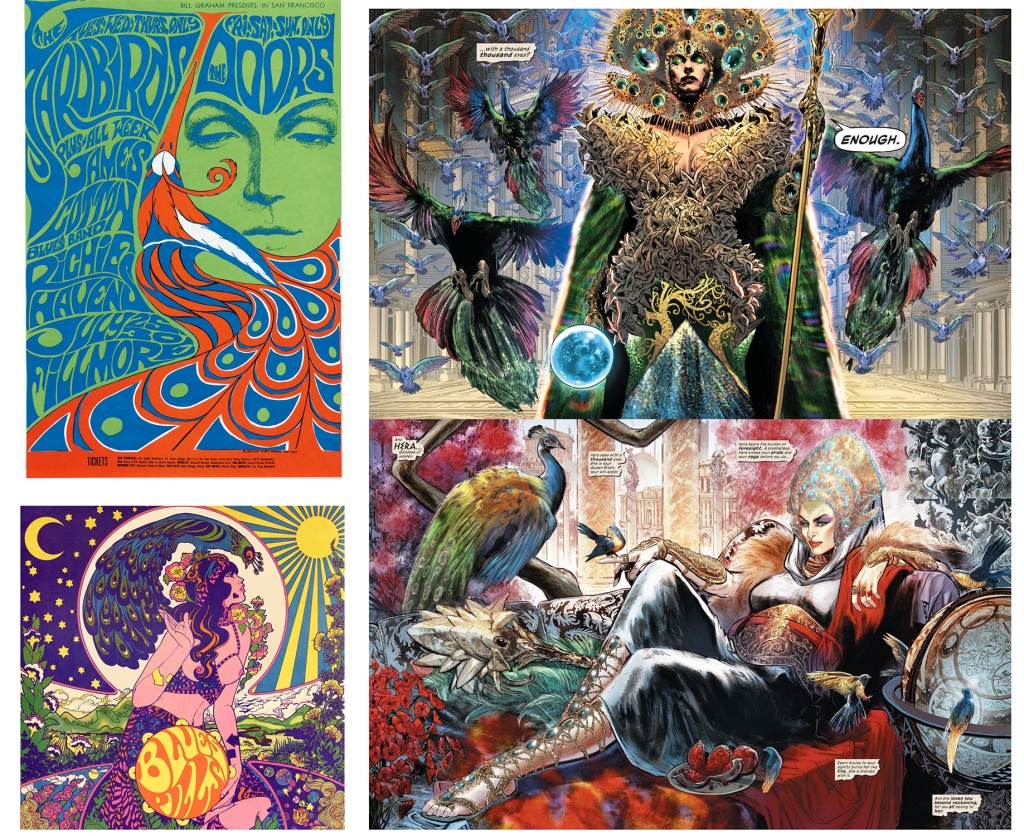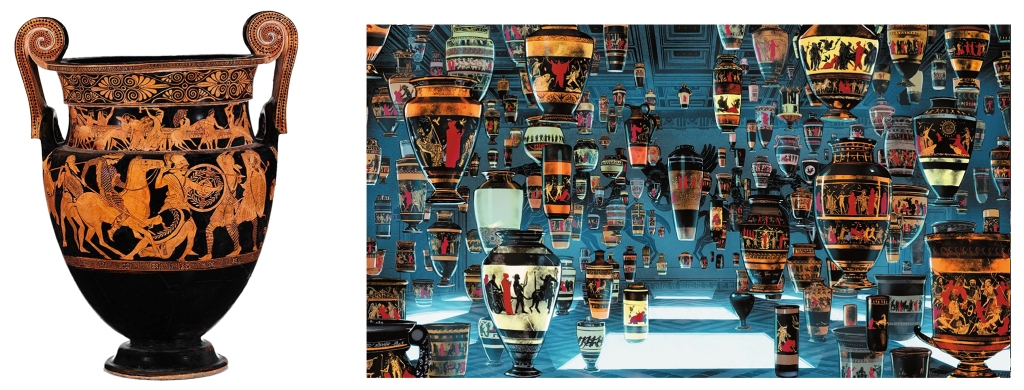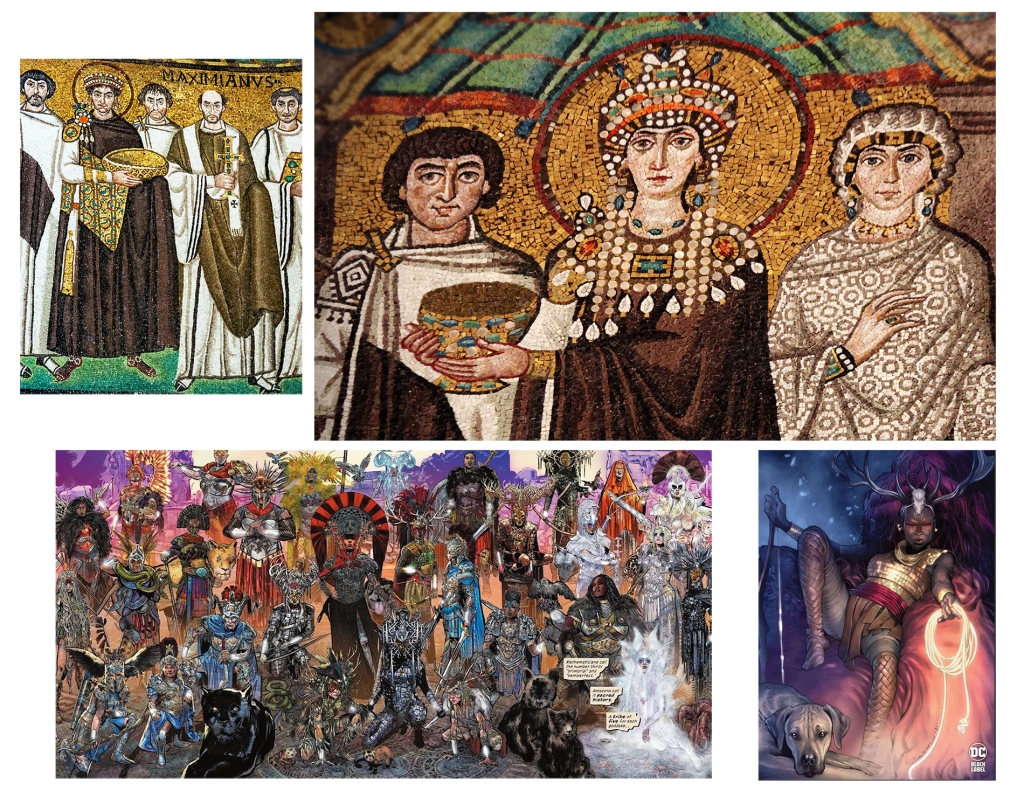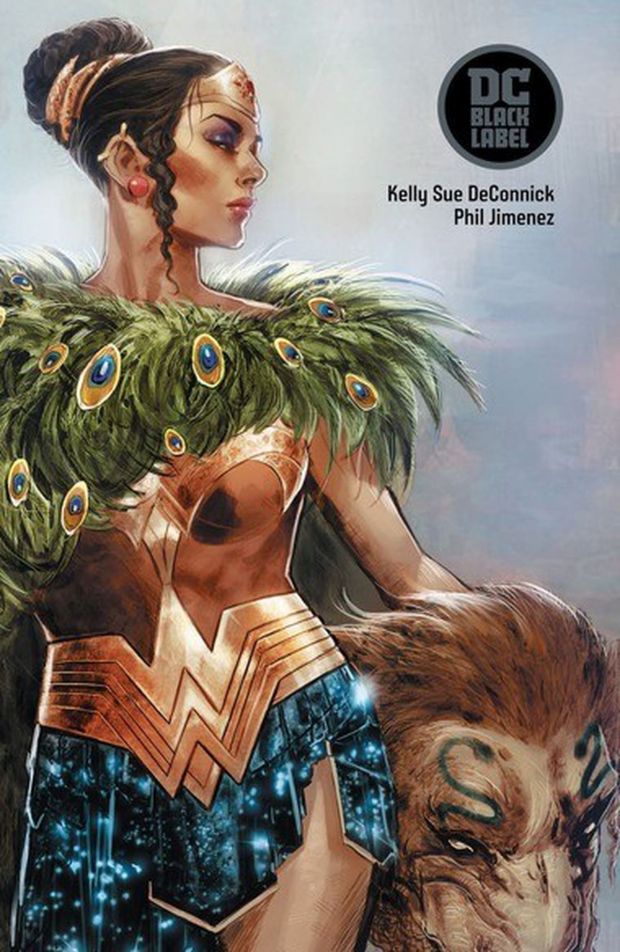PART TWO: CHRISTIANITY CONNECTS WITH PAGAN MOTIFS
Puritans banned Christmas from 1659 to 1681 because the date, December 25, derives from the Saturnalia, the Roman heathen’s wintertime celebration and can not be found in the Bible as the actual birthday of Jesus. A lot of Christian customs have very strong pagan roots and depictions of animals were a part of this.
Kenneth Clark, in Animals and Men, explored the spiritual connection between man and animal through sacrifice. Clark noted that men have sacrificed animals for thousands of years and that communion was the first basis of sacrifice: the more that the gods had to be appeased to secure success or advert disaster, the more sacrifices they required. Eventually, sacrifices became an assertion of a royal or priestly authority, with the priest as mediator between the people and the deity.
Interestingly, Edwin A. Judge asserted that early Christianity was not a religion when seen in the context of other cults in the Roman Empire: “Without temple, cult statue or ritual, they lacked the time-honoured and reassuring routine of sacrifice that would have been necessary to link them religion.”
Prior to the legalization of Christianity, early Christians provoked animosity because they refused to accept the divinity of the Roman emperors and were persecuted. In 312, Constantine the Great was commanding an army in combat and because he saw a cross in a dream, he put crosses on his army’s weaponry and his soldiers were victorious. Constantine, in due course, made Christianity the state religion. Early Byzantium is, in part, exemplified by the integration of old and new. Christian churches, for example, were often founded on the ruins of pagan temples. Similarly, earlier symbolic images of animals made their way into Christian iconography.
“But ask now the beasts, and they shall teach thee: and the birds of the air, and they shall tell thee. Speak to the earth, and it shall answer thee: and the fishes of the sea shall tell. Who is ignorant that the hand of the Lord hath made all these things?” -Job 12:7-9
Animals appear with great frequency in both the old and new testaments. Animals, in Genesis, originated on the fifth day of creation when God created an assortment of fish and birds, urging them to be fruitful and multiply. On the sixth day, God created wild beasts, reptiles and finally human beings to rule over the animals.

Plaque made of ivory with God Creating the Animals, ca. 1084 CE; South Italian; modern Amalfi (Campania)
The four Gospels also detail the Holy Spirit descending on Jesus like a dove from heaven (Matt. 3:16, Matt 1:10, Luke 3:21, John 1:32). The apostle Paul denounced the worship of animals and remarked, in a passage in Romans 1:23: “…immoral men exchanged the glory of the imperishable God for the likeness of an image of mortal man, birds, quadrupeds and reptiles.”
Animal motifs, in spite of Paul, are prominent in the religious iconography of Byzantium. Early Christian thinkers found the animal lore they inherited from antiquity suited for their purposes since their focus was on their adaptability to the teaching of Christianity. The peacock, for example, embodies the Christian concept of immortality. The Bible notes that the peacock was a commodity exported to the Holy Land in ancient times (Kings 10:22). Peacocks have mythological connections to ancient Greece as the symbol for the goddess Hera, who placed the 100 eyes of the giant Argus into the tail of peacock to honor his service9. The peacock, in Byzantium, was also used to represent paradise, renewal, and spring because its elaborate feathers grew each spring. The picture below is a mosaic that depicts a peacock among flowers.

Mosaic with a Peacock and Flowers, 3rd–4th century, Roman or Byzantine; Probably from North Africa Tesserae
The Good Shepherd
One prominent example of a recycled motif is of the shepherd, which stems from Greek Kriophoros iconography. The shepherd, in both Christian and pagan cultures, is seen as a representation of the good life. However, it was Christians who gave the motif greater allegorical weight. In the legend of the Kriophoros, Hermes raced to aid of the city of Tanagra, carrying on his shoulders a sacrificial lamb, to prevent a plague, earning him the title of Kriophoros or ram bearer. One noteworthy fact is that Rams are defenders of the flock and a biblical foreshadowing of Jesus Christ’s sacrifice on the cross. In the book of John 10:14-15, Jesus Christ asserts,

Hermes Kriophoros, Statuette made of terracotta and polychrome, Greece, Crete, 7th century BCE.
The Cleveland Museum of Art.

Hermes Kriophoros, around 146-44 BCE from the Roman Forum of Corinth.
“I am the good shepherd, and know my sheep, and am known of mine. As the Father knowth me, even so know I the Father; and I lay down my life for the sheep.”
Among the most striking artifacts that demonstrate how pagan themes evolved into depictions of Christianity are mosaics. The “Personification of the Month of April,” a mosaic that once formed part of a floor, portrays a shepherd caring for his flock.

Part of a mosaic pavement with the personification of the month of April, Early 6th century CE
From Thebes Chalkis, 23rd Ephorate of Byzantine Antiquities
Snakes and Eagles
Snakes have played a prominent role in the religions of many cultures, both as good and evil. Some have considered the snake as sacred while others have given them a divine status worthy of worship. The ancient Egyptians and Greeks had many representations of snakes in their religious manifestations: the Egyptian god Apep was represented as a serpent as well as the Greek god Typhon. In Judeo-Christian tradition, the most prominent reference to a snake is in the Old Testament story of Adam and Eve in the Garden of Eden.

Novara Cathedral, Detail of Choir Pavement Mosaic, 1125 CE, Novara, Italy
The snake is used as an instrument of Satan to tempt Eve to disobey God. The image on the right is a mosaic pavement in the choir of Novara’s cathedral that dates to around 1125, but has been restored. The mosaic, which is rendered in black and white marble tesserae design is a square with five circles within: the central circle depicts Adam and Eve and is surrounded by four circles drawn in the corners of the square that contain human representations of the four rivers of paradise: Pishon, Gihon, Tigris and Euphrates. Water birds are represented in the spandrels.
The eagle, in Classical Greece and Rome, was considered divine as a bird of light and a bird of magic. These two ideas are reflected in Greek literature in the fight between the eagle and the snake that occurs in the Iliad (XII, 200 f.). An eagle with a snake in its beak appears above the heads of the Trojans during an assault on Greek ships. The snake escapes from the claws of the bird, and falls into the Trojan lines, which is taken as a bad omen, and, the attack on the ships fails.
In early Byzantine art, images of eagles had special symbolic interpretation. Eagles were often portrayed either fighting with or carrying off snakes and early Christian writers gave symbolic interpretations to both these images. The eagle fighting the snake was interpreted by Saint Jerome as a symbol of God protecting his children from the devil. Similarly, an interpretation by the Anastasius Sinaites says that the eagles that crush snakes in their talons represent the blessed in paradise, where the serpents represent the devil. The motif of the eagle carrying off the snake, as opposed to fighting it, had various interpretations by early Christian commentators. According to Saint Ambrose, the eagle is Christ, who by his resurrection, snatched man from the jaws of the devil and flew back to his father. The picture below shows a fragment from an ambo found in Kavala that depicts an eagle grasping a snake.

Fragment from an ambo found in Kavala. Archeological Museum, Kavala. Dated between the middle of the fifth and the middle of the sixth centuries.
Great Palace Mosaics
The Great Palace was built during the reign of Constantine (306 – 337). After being partially destroyed during the Nika Revolt (532 CE), the complex was rebuilt by Justinian (527 – 565). The battle between the snake and eagle is a typical motif, symbolizing the victory of light over darkness. It also appears frequently on funerary slabs and on Roman standards.
British scientists from the University of St. Andrews in Edinburg made extensive excavations at the Great Palace from 1935-38 and then after World War Two from 1951-5415. On surviving parts of the mosaic, there are 90 different themes populated by 150 human and animal figures. The main field of the composition is a little more than 19 feet in width. On either side of its edge is an arranged border of foliage that is dominated by a naturalistic leafy, acanthus scroll that is filled with masked heads, exotic fruit or animals. The pictures depict open-air scenes, herdsmen, and hunters. Scenes of grazing animals alternate with mythological motifs animal fables and fantastic creatures.



Next time in Part Three: Fantastic Creatures Inscribed and Illustrated; and the conclusion of this three part blog entry.
SOURCES:
Clark, Kenneth. Animals and Men. London: Thames and Hudson Ltd. 1977
Judge, Edwin. “The Social Identity of the First Christians: A Question of Method in Religious History.” Journal of Religious History. 1980
Grimal, Pierre. The Dictionary of Classical Mythology. NY: Blackwell Reference, 1986.
“Mosaic with a Peacock and Flowers [Roman or Byzantine; Probably from North Africa] (26.68)”. In Heilbrunn Timeline of Art History. New York: The Metropolitan Museum of Art, 2000-. http://www.metmuseum.org/toah/works-of-art/26.68 (October 2006)
Faulkner, R. O. “The Bremner-Rhind Papyrus: III: D. The Book of Overthrowing ‘Apep.” The Journal of Egyptian Archaeology. Vol. 23, No. 2 (Dec., 1937), pp. 166-185
Cioffi, Paul L. “Novara Cathedral Choir Pavement Mosaic.” The Rev. Paul L. Cioffi, S.J. Images Collection. July 1991. http://www1.georgetown.edu/centers/liturgy/envisionchurch/17545.html
Maguire, E. & Maguire, H. Other Icons: Art and Power in Byzantine Secular Culture. Princeton, NJ. Princeton University Press. 2007.
Brett, Gerard. “The Mosaic of the Great Palace in Constantinople.” Journal of the Warburg and Courtauld Institutes, Vol. 5, (1942), pp. 34-43













